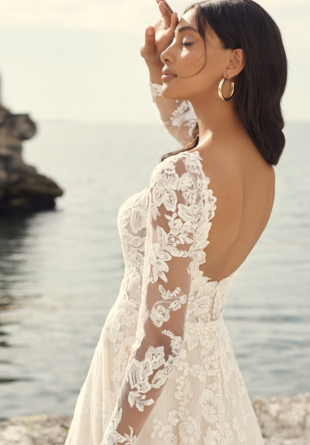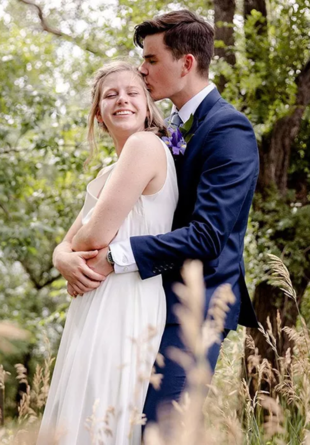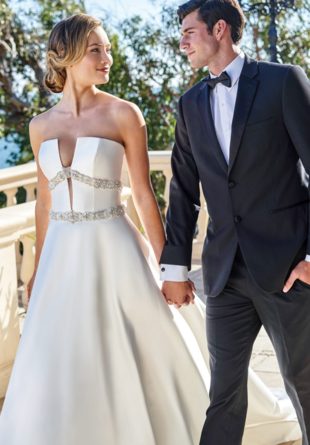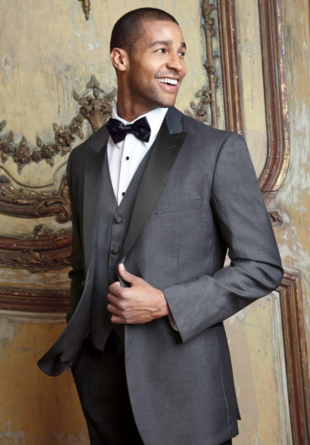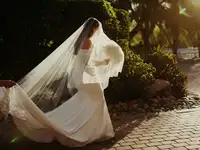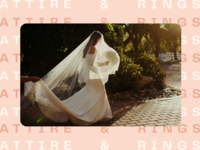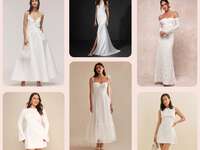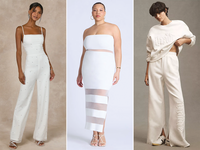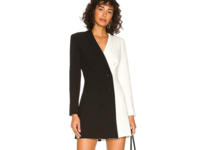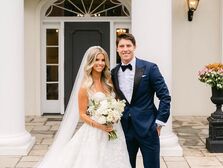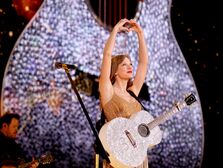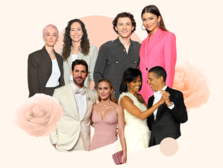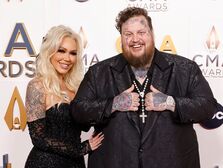Which Wedding Dress Train Is Right for You? A Visual Guide With Every Length and Style
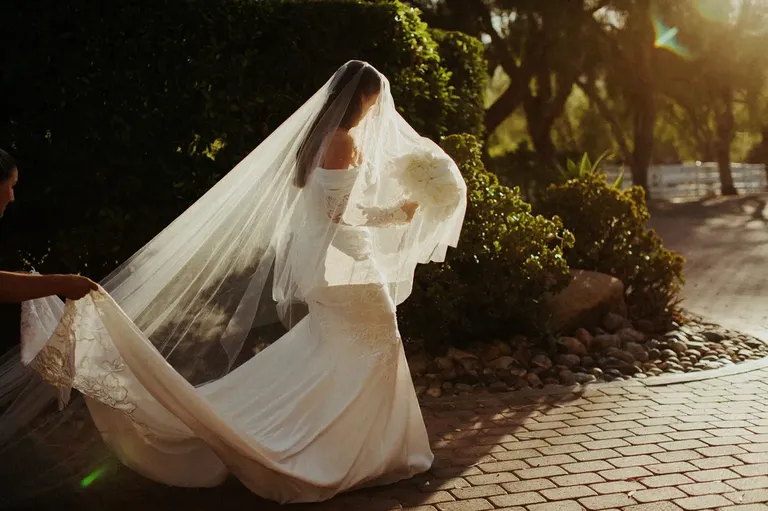
We often hear all the praise for the front of the dress, but can we hear a little commotion for the dress train? In simple terms, your wedding dress train is the extra fabric that extends from the back of your gown and gracefully trails behind you as you walk down the aisle. It's an important detail that adds a touch of elegance and style to your bridal look. Think of it as a poetic extension of your gown, creating a cascading effect and leaving a lasting impression on your guests. Wedding dress train lengths can range from short and modern to long and dramatic. There are no "rules" for how long your dress train needs to be; the decision is ultimately up to you and your style preferences, the venue and formality. Below, we'll break down the different types of wedding dress trains, from the subtle sweep to the grand cathedral, so you can find the perfect train length. Let's just say your guests will hate to see you go but will love to watch you leave.
Wedding Dress Train Lengths from Shortest to Longest
Whether you're wearing a sequin ball gown or a minimalistic crepe dress, a train can take your wedding day look to the next level. Figure out which type of wedding dress train length best fits your style with this rundown of your options, from shortest to longest.
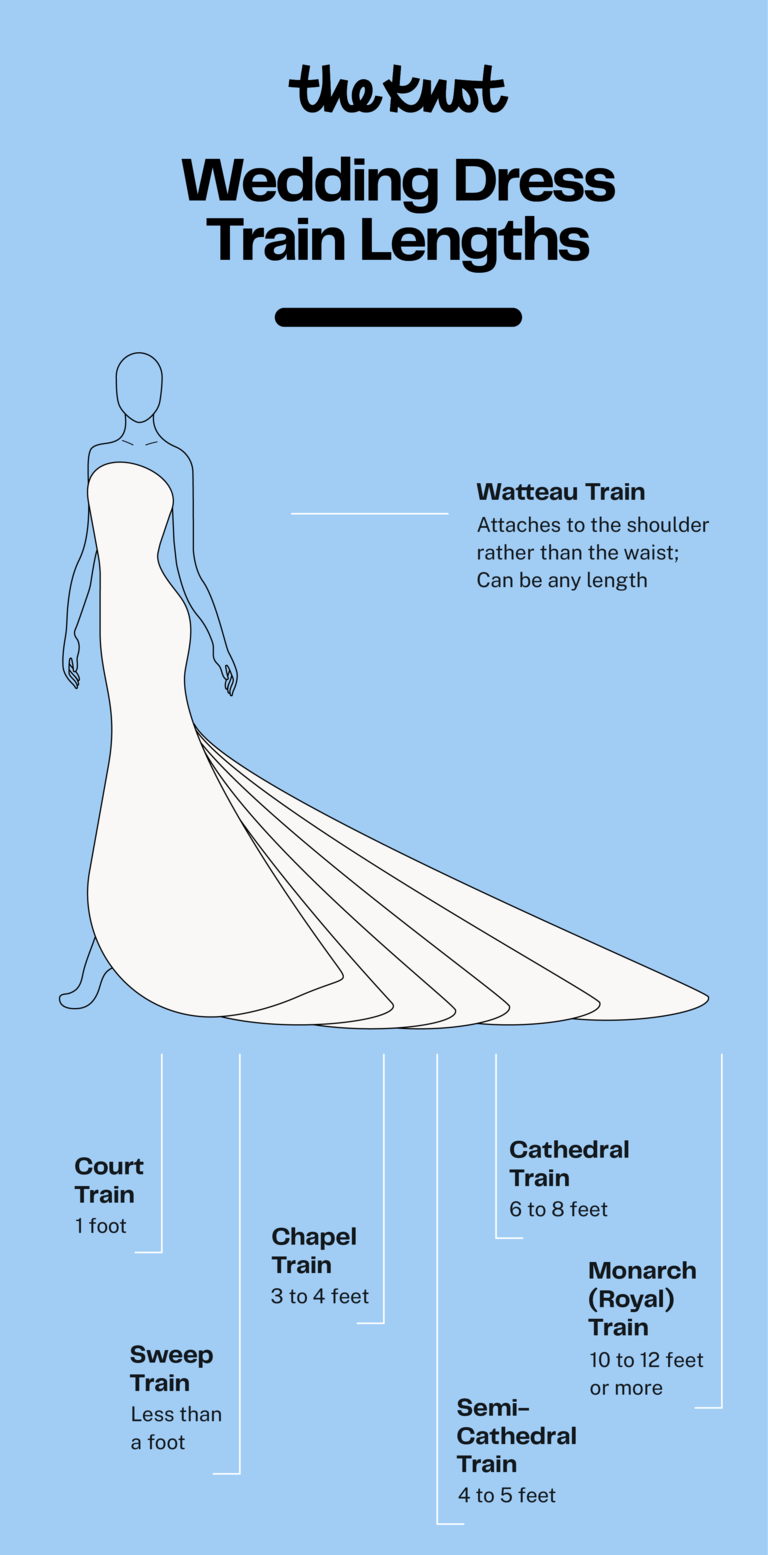
Sweep Train Length
Length: Less than a foot
Also called a brush train, this is the shortest wedding train length. A sweep train wedding dress barely grazes the floor, with fabric extending only a few inches (usually less than a foot) from the bottom hem of the gown. This type of train is a sensible choice if you plan to be moving around a lot on the wedding day or if you're getting married outside, such as at a beach wedding venue.
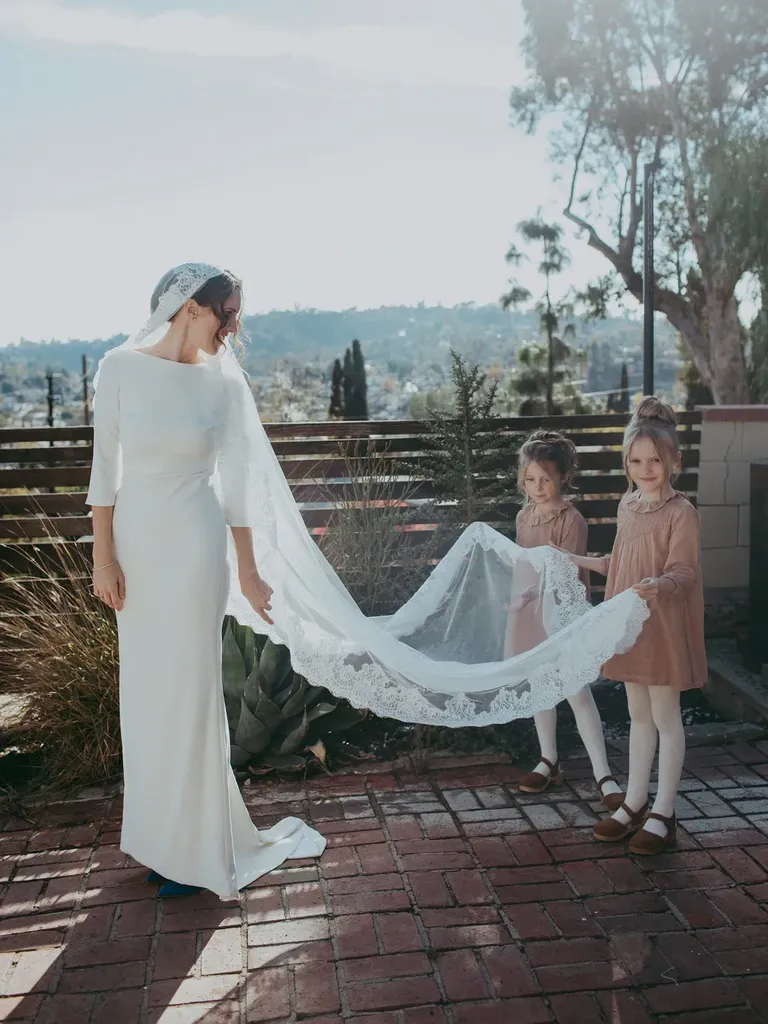
Court Train Length
Length: 1 foot
As the second-shortest wedding dress train, the court train extends slightly longer than the sweep train, about one foot out from the bottom of the gown. It's a perfect shorter train option if you want the look—but not the hassle—of a traditional wedding dress with a train.
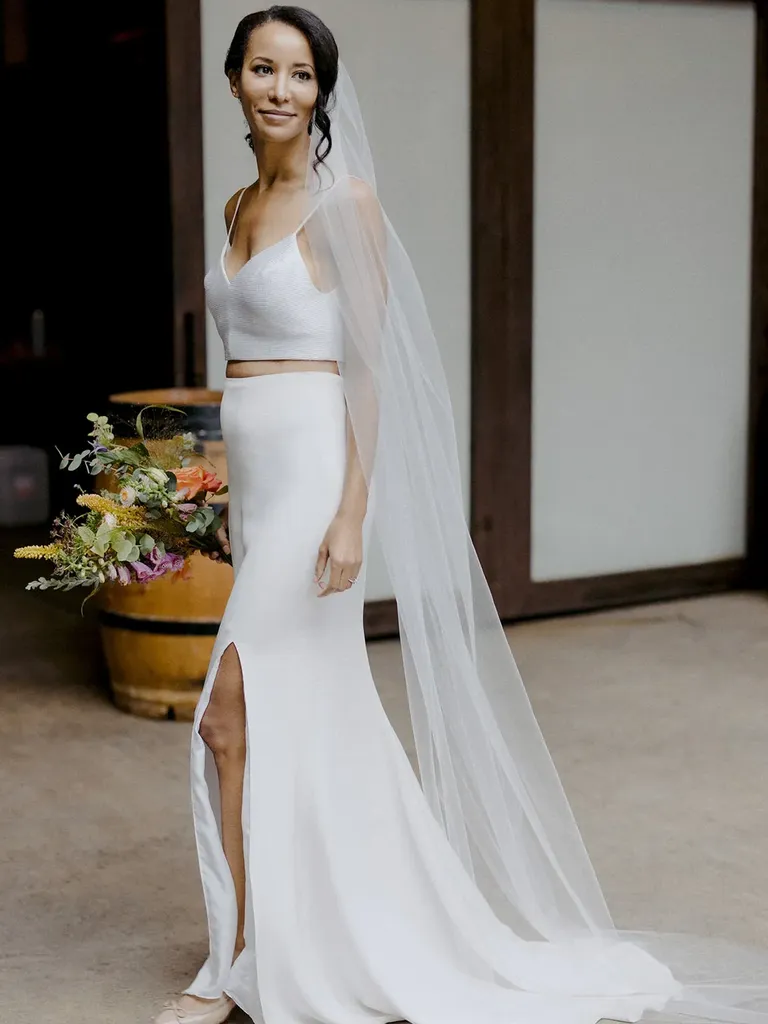
Chapel Train Length
Length: 3 to 4 feet
The chapel train is one of the most popular lengths—think of it as the Goldilocks of wedding dress trains. This option extends 3 to 4 feet behind you (measured starting at the waist), with the mid-length being ideal for semi-formal or formal dress codes. Chapel train wedding dresses are also a great choice if you want a bridal look that's timeless yet understated and not too fussy.
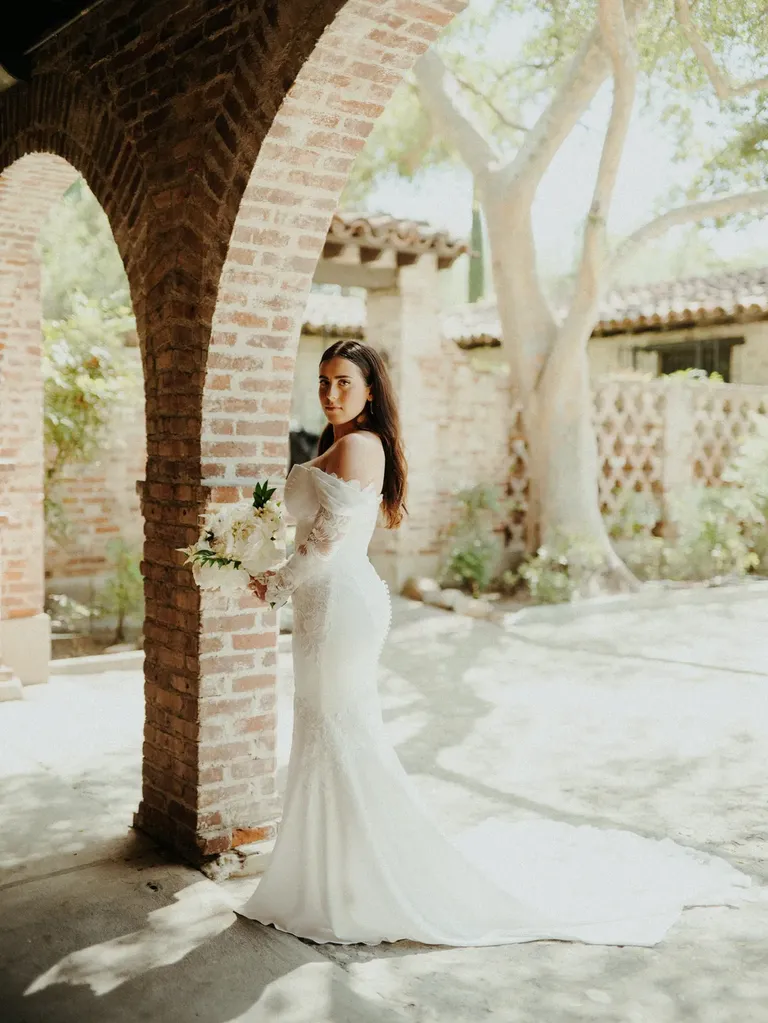
Semi-Cathedral Train Length
Length: 4 to 5 feet
Extending 4 to 5 feet from the waist, a semi-cathedral train is slightly more formal than the chapel train. It's not as heavy or as voluminous as the cathedral length, giving you the same dramatic effect of a long wedding dress train without the maintenance.
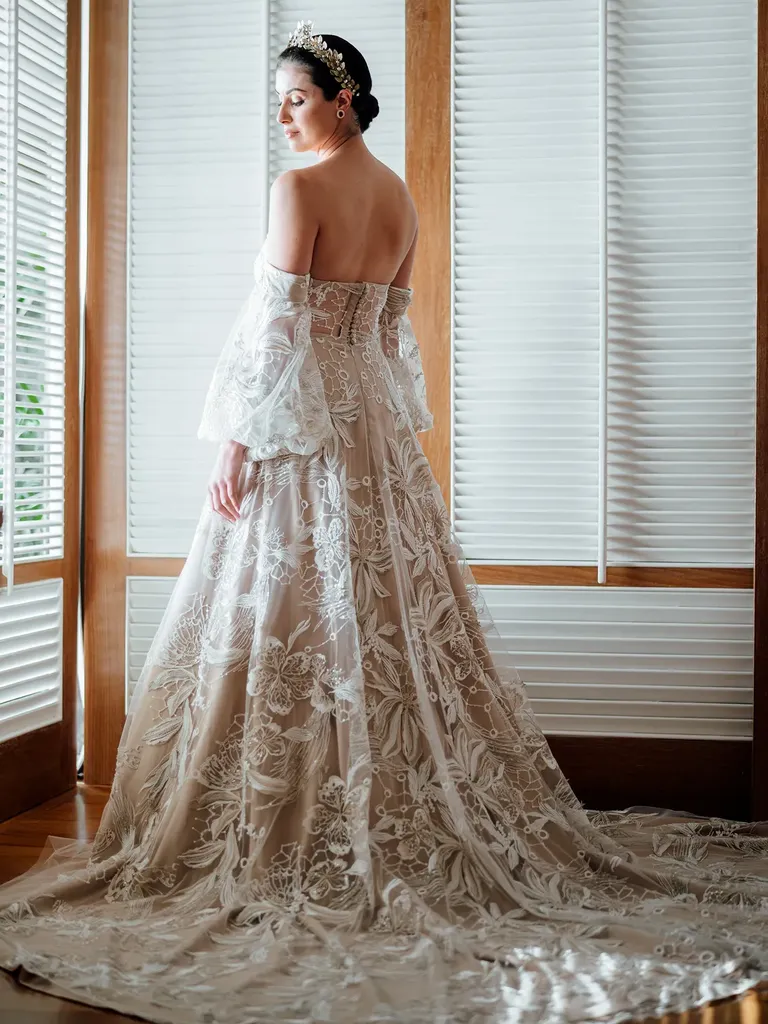
Cathedral Train Length
Length: 6 to 8 feet
The cathedral train is a very formal option that extends 6 to 8 feet behind you from the waist. If you're envisioning a fairytale, Cinderella-inspired gown, you're probably thinking of a cathedral train wedding dress—this long train length is popular for black tie weddings, grand church ceremonies and exquisite estates or ballroom venues. Because of the longer length and the amount of fabric that fans out from the back of the skirt, you'll need to enlist your bridesmaids to help you carry the train as you're walking. (And be sure plan ahead to make sure the ceremony aisle is wide enough to accommodate your gown!)
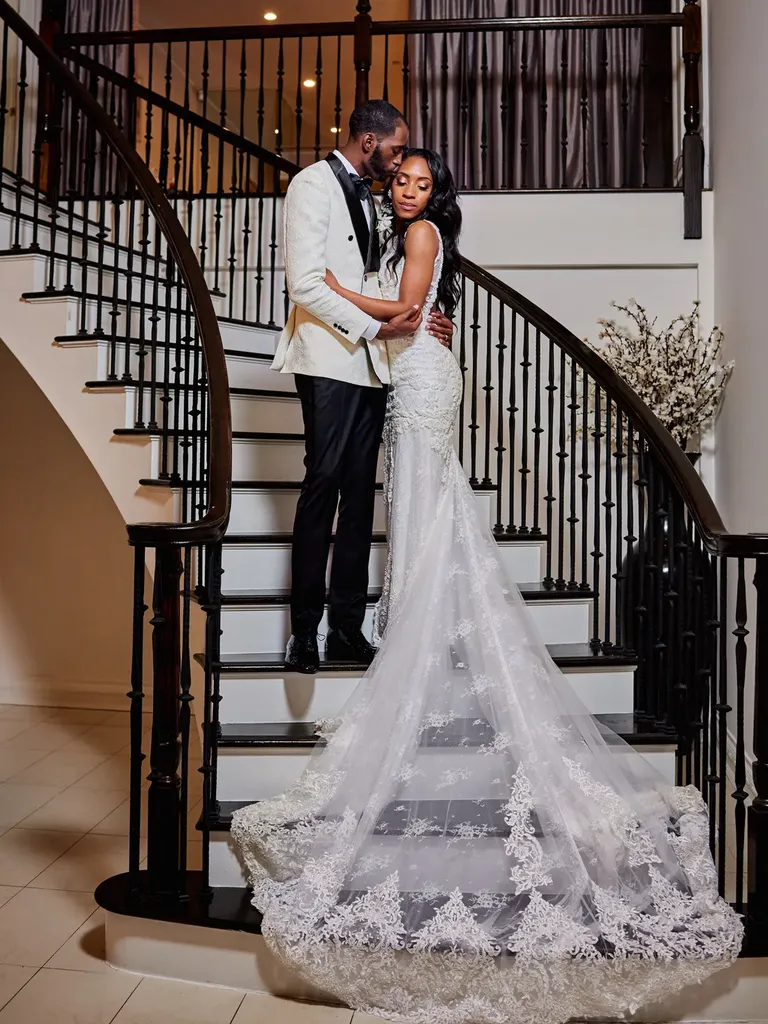
Monarch Train Length
Length: 10 to 12 feet or more
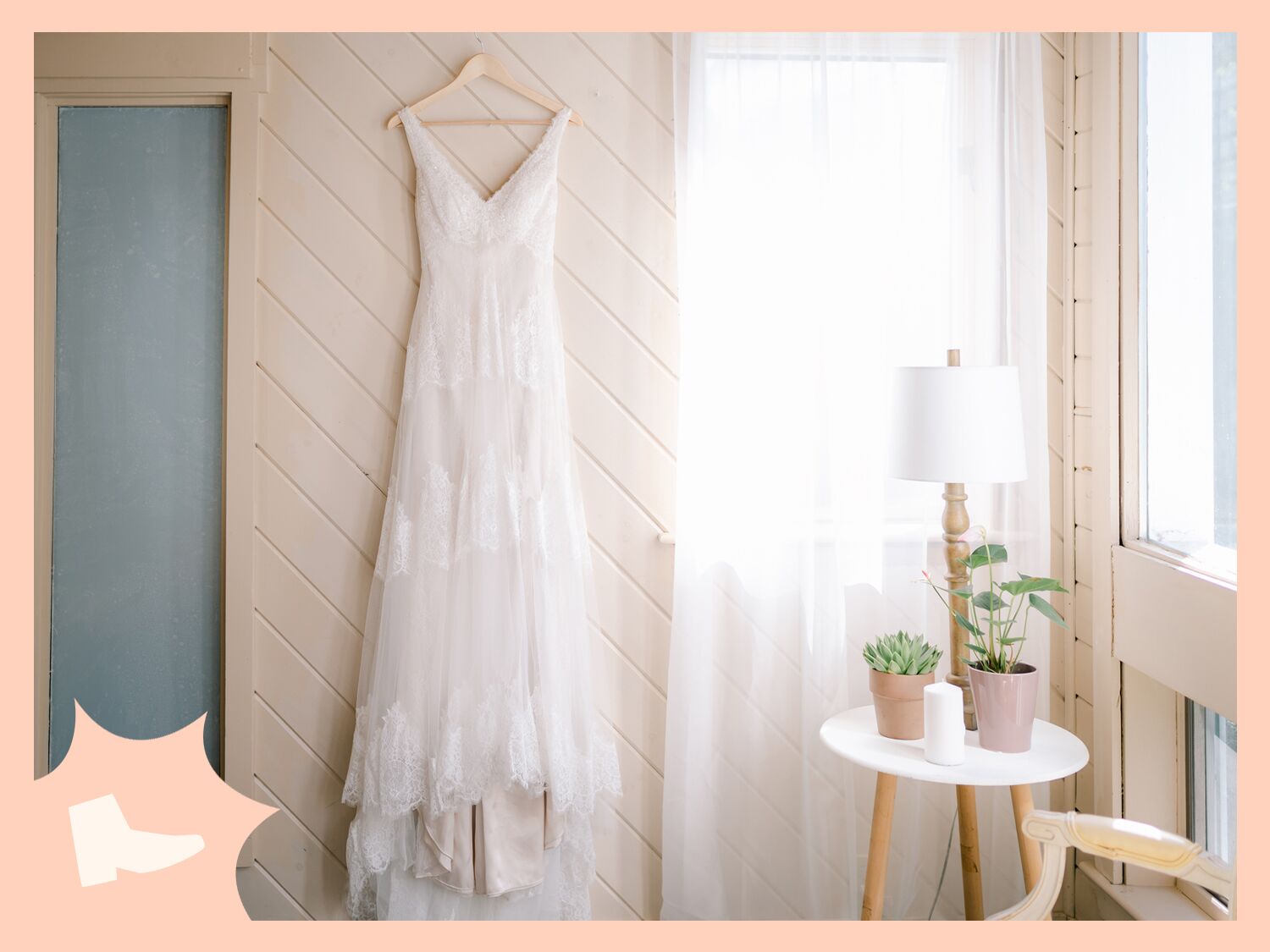
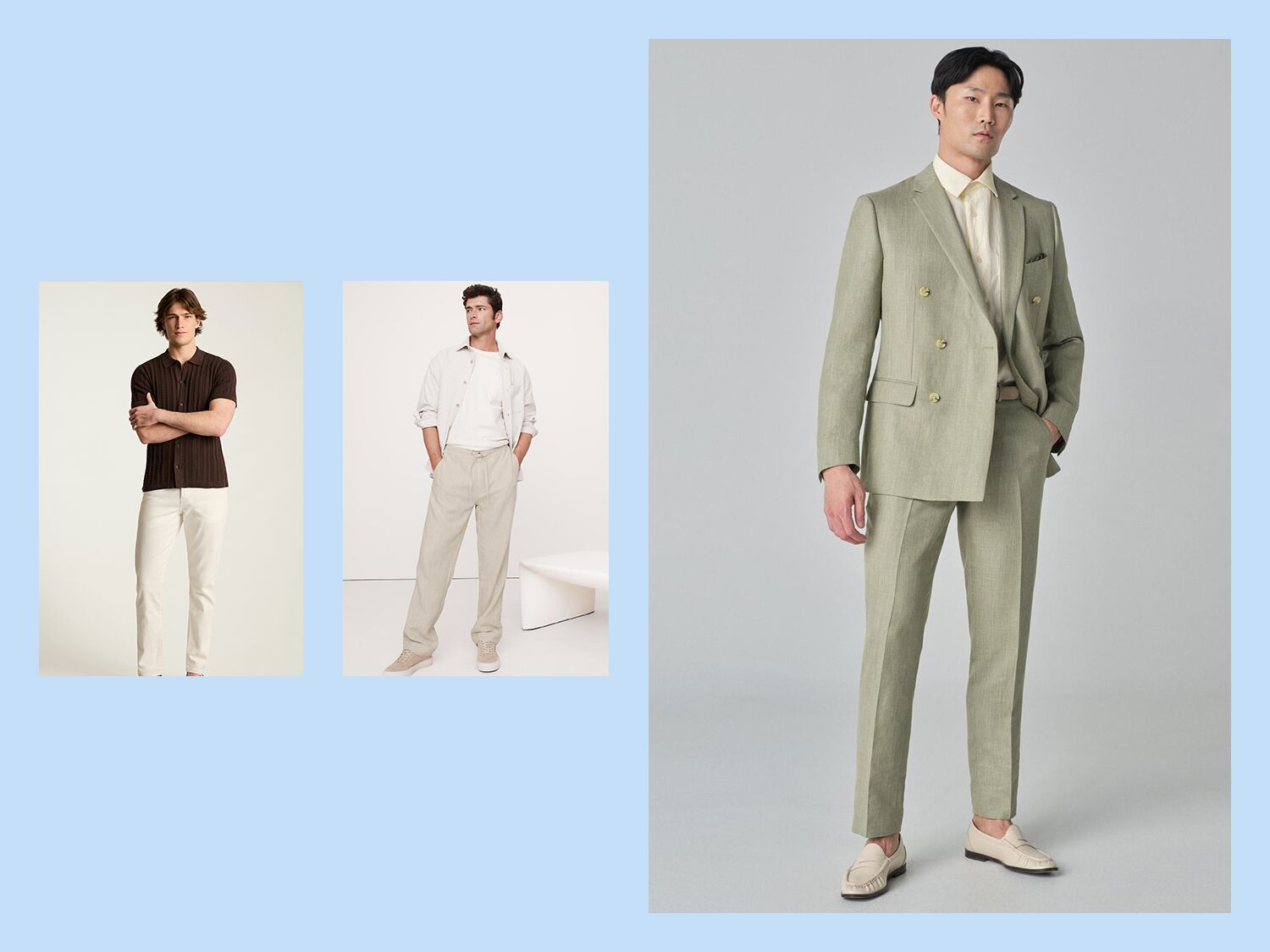
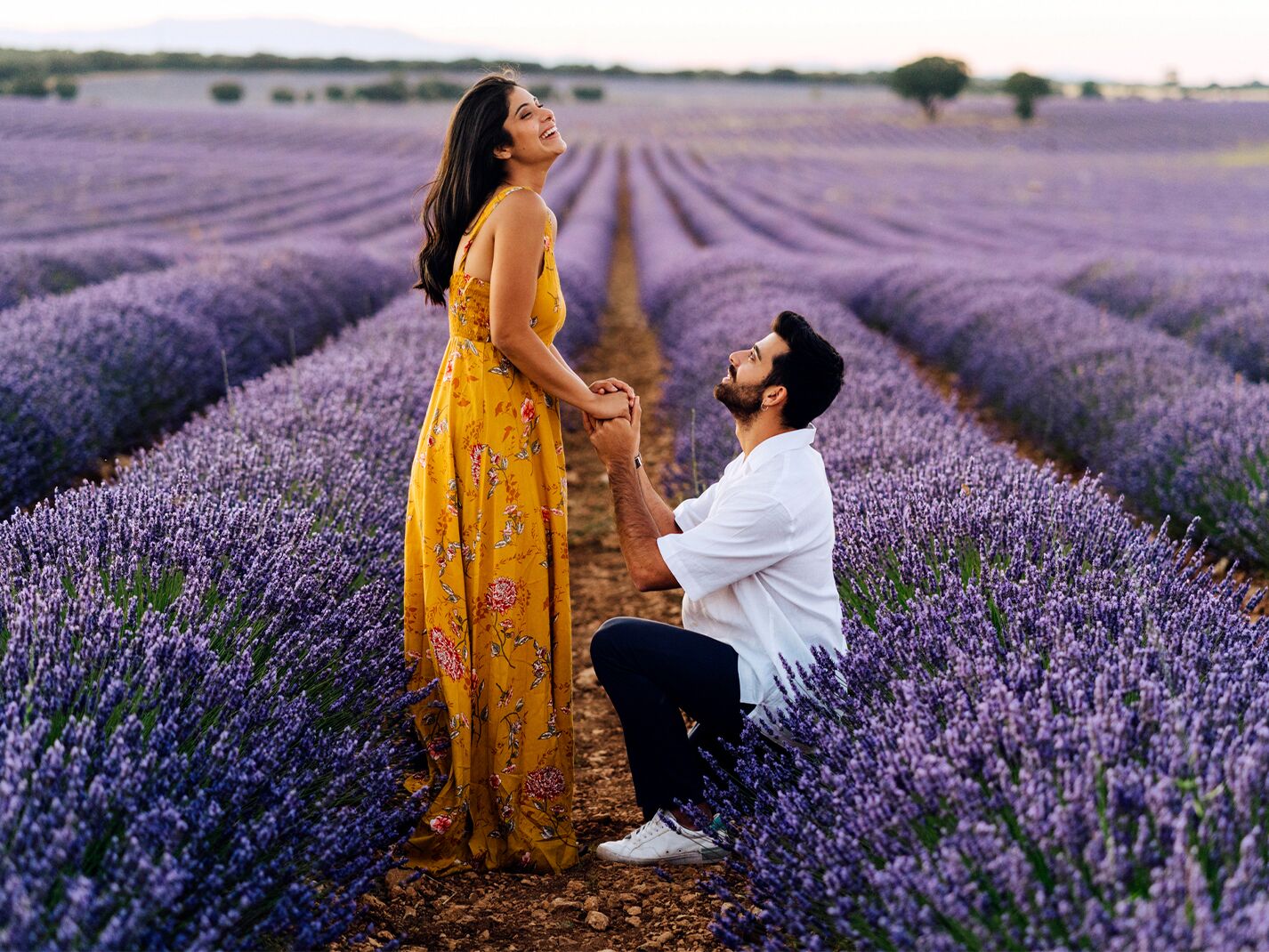
Also known as a royal wedding train, the monarch train is the longest wedding dress train length, flowing 10 to 12 feet (or more) behind you. This type of wedding dress train gets its name from the regal figures who have worn it. For context, Princess Diana's wedding dress featured a 25-foot-long train, compared to Kate Middleton's wedding dress, which had a much more manageable 9-foot-long train.
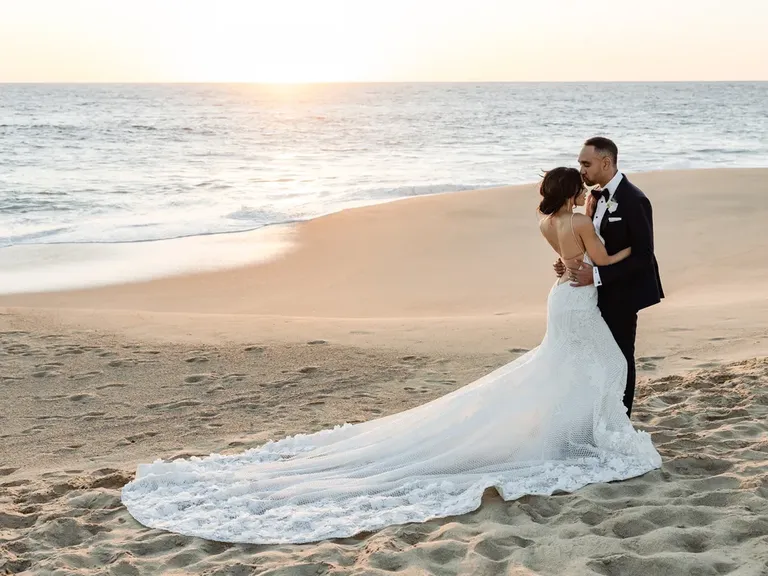
Watteau Train Length
Length: Attaches to the shoulder rather than the waist; Can be any length
The Watteau train is a type of train that can vary in length. This train attaches to the wedding gown at the shoulders (versus other trains, which extend from the waist) and falls loosely to the floor. Watteau trains range from short, floor-length options to cathedral length and anything in between—they're also a popular choice for detachable trains.
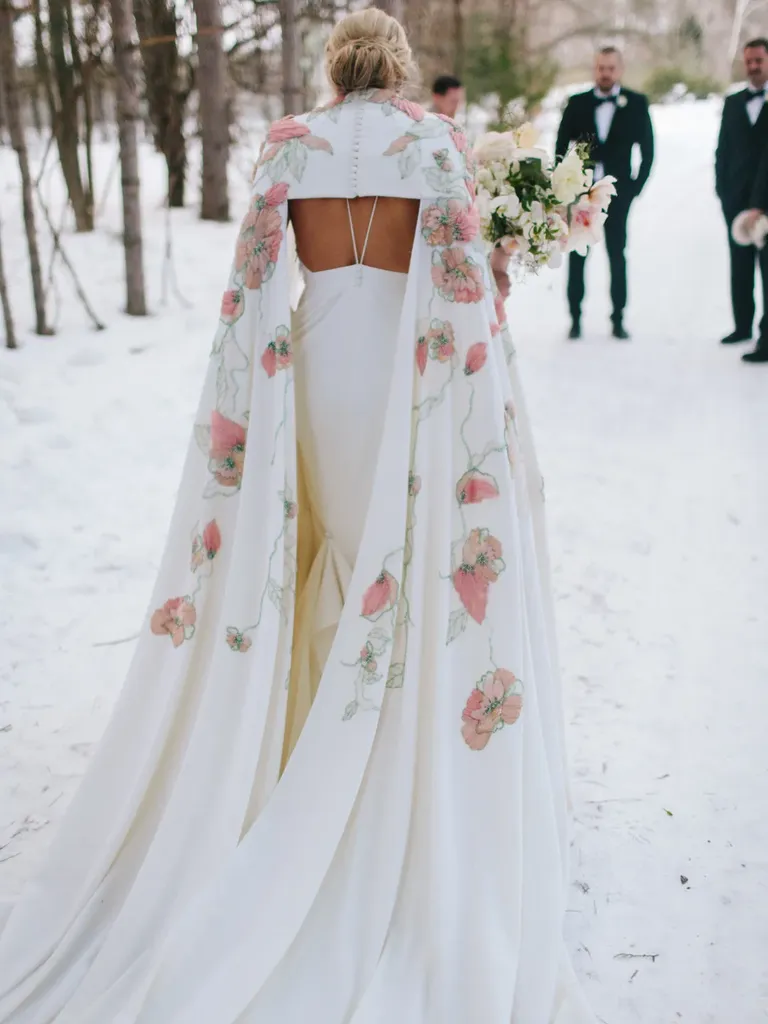
Wedding Dress Train FAQs
Why do wedding dresses have trains?
First of all, what is a wedding dress train? The train is a part of the wedding dress that extends from the back of the gown—essentially, it's a longer piece of fabric that pools out from the skirt and onto the floor. The train is left to trail behind you during the ceremony, giving you that classic wedding moment as you're walking down the aisle. When it's time to party, the train is bustled (folded into itself) ahead of the cocktail hour or reception, allowing you to move and dance more easily.
The history of wedding dress trains is frequently traced back to medieval times, when the length of the train was used to indicate wealth and social status. The longer the train, the wealthier the family—and naturally, longer trains provided a more dramatic effect to impress any guests in attendance. In modern fashion, wedding dress trains are purely decorative. They're considered one of the most iconic, defining elements of a bridal gown (there aren't too many other moments in life when you have the opportunity to rock a dress with a train, right?).
Trains can be found on all types of bridal designs, regardless of your wedding dress silhouette or the type of fabric your dress is made of. They're also versatile for all body types, whether you're curvy, petite, short or tall.
Can I add a train to my wedding dress?
If you want to customize a potential wedding dress with a train, it's important to ask your stylist about your options during your shopping appointment before making your purchase. Depending on the style of the dress, some designers can easily add a train during the production process. If the gown has a lot of embellishments or couture details, such as beading or embroidery, be prepared to pay more to add a train that blends with the rest of the design.
Another option is adding a removable train or detachable overskirt during your wedding dress alterations appointment. Even if your seamstress isn't able to extend the train or replicate the exact design of the dress, they can create something using tulle, organza or other extra fabric to complement the overall look.
How do you bustle a wedding dress train?
When you're deciding between train lengths (or having a train at all), keep in mind that any type of train will also require a bustle. The wedding dress bustle includes a series of hidden hooks, buttons or ribbons sewn onto the skirt by your seamstress. Following your ceremony, the train is folded or pleated to blend in with the rest of the skirt—kind of like an optical illusion.
There are a few different ways to bustle a wedding dress and each one creates a different look, so ask your seamstress about which type is best for your specific gown. And once you're wearing the dress on the big day, you won't be able to bustle it yourself, so be sure to recruit your bridesmaids or a few friends to help you.

